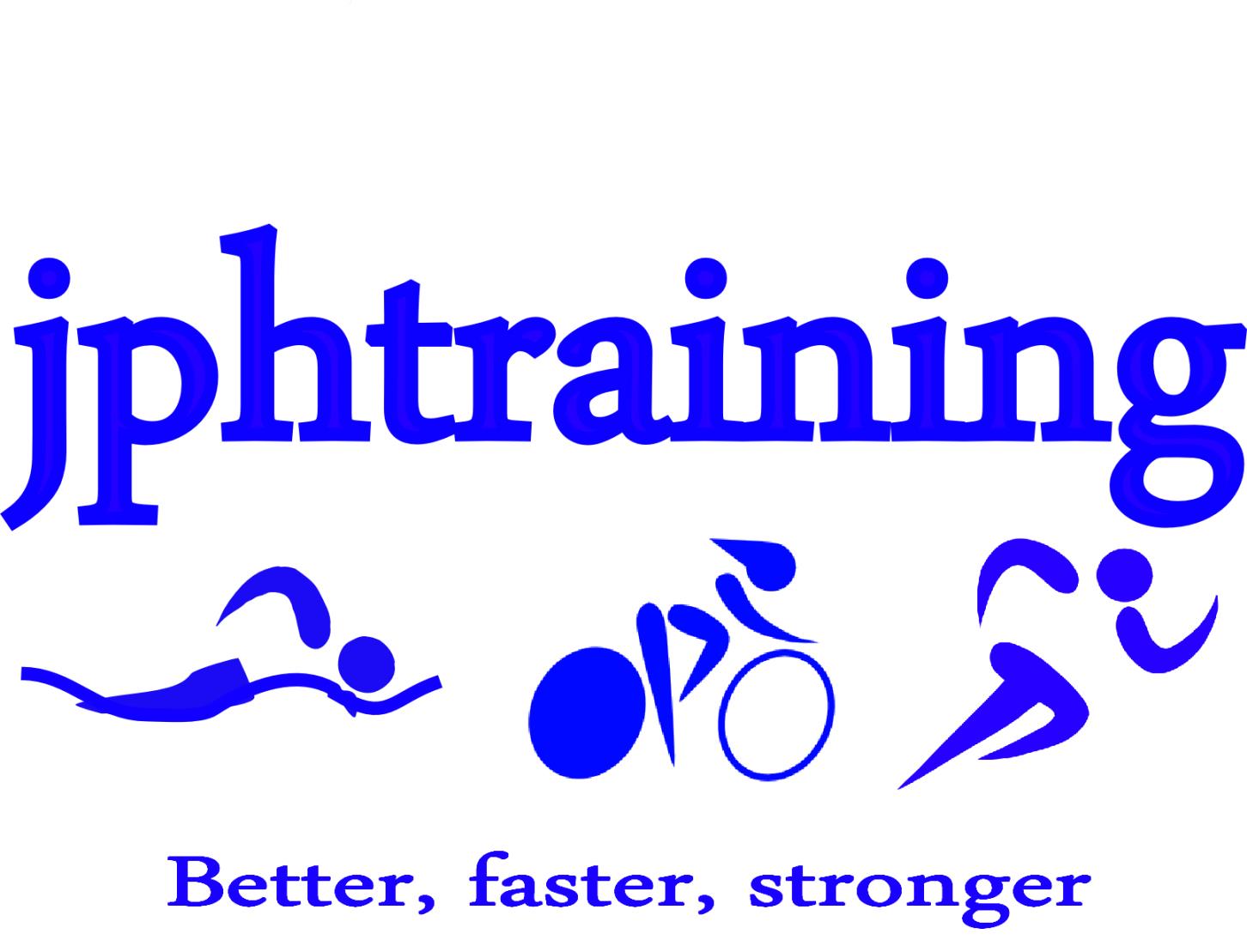Footstrike- Natural running vs our Natural Form
Run Technique, June 25, 2017
In the last decade there has been a lot of debate over how we should run and often the why has been forgotten from the arguments. I have adjusted a little how I run, and I have adjusted how I teach running technique. Up until now that has been little scientific evidence to support my thinking, but there have been a few good studies that are independent and looking for into the relationship that our footstrike has with bones and soft connective tissue.

There are a lot of theories about running style, footstrike, and running form. I have always based my theory on personal experience. I have learnt a lot and seen a bit on my journey. Going from having a very supportive shoe with additional arch supports (that cost my parents a lot of money) as a pre-teen, to having a supportive shoe and custom made insoles (that only gave me blisters and sometimes pain) to training my feet and proprioception and using lightweight shoes in my late twenties.
Through what I experienced and seeing the strengths and weaknesses in others, as well as developing an understanding how the body functions as a unit I was able to build a system on assessing what and what wasn't important in good running form.
I’ve adjusted this system and my running over time, so that I can get the biggest gain out of the least amount of additional work or exercises, as from my experience nobody likes having to do lots of “homework” in their free time. Also doing one or two simple intervals or exercises right once a week is far better than doing lots of exercises wrong every second session.
Lastly my theory on how we should make contact with the ground was based purely on physics and our anatomy. In the last few years there has been a giant leap in the natural running movement and this thought that the shoe industry has lied and tricked us for decades. That we are designed to run barefoot or with less shoe, and that that is better, more economical, and safer for the body. While I believe in training our feet and providing our brain with more feedback by using less shoe I don't believe this is how everyone should run, and that is the way to run long term.
Yes we do want to restrict the amount of force we have at ground impact, but we do not want to over stress our soft tissue, joints, or bones that are not used to or designed to absorb a huge amount of load.
In the running workshops I have tried to teach my ways over the last few years and at times it has been difficult because of this hype. Of course everyone can have a theory and until there is evidence supporting one side or the other it is a debate that can go on forever. A month or so ago there has been an interesting research paper realised that goes a long way to support my way of thinking.
http://www.sciencedirect.com/science/article/pii/S2095254617300285
I still believe that it is important to try to correct ones form, but concentrating on the footstrike is not going to be entirely beneficial.
It is often more or less all to do with their posture.
Stick to the focal point of our hips and our posture, ensure that the foot is landing really close to our centre of gravity, and that we active roll with our feet towards the big toe.
I did a training session with a 12 year old a few weeks ago and his stride was beautiful, and he doesn't train (he does play something called football). Then you take a 35 year old that has done hardly any sport since high school, sits at work, sits in the car or train, and comes home to sit. They are going to have a totally different posture, range of movement, and stride.
Simply by trying to run over the forefoot is not going to undo these things. Nor will changing what we do for 30-60 minutes 2- 3 times a week is not going to make as big a difference compared to if we take a look at what we are doing to our bodies the rest of the time.
However, if we can design a plan that allows us to focus on improving our movements while running and our posture or stability throughout the day then we are more likely to feel better during the day as well as when we train.
What important to always consider or remember is that evolution takes time.
Anyone that offers to change how you run within two months cannot be taken seriously. It is possible to teach the body new or better movement patterns over two months and they would help you, but if you have been moving in set way for one or more decades making a massive change in the space of months is not going have a good long term effect. It would be better to make small changes and every three to four months make the next microadjustment.
What is important though that your program does not become too one sided then. After all it is still supposed to be fun!
